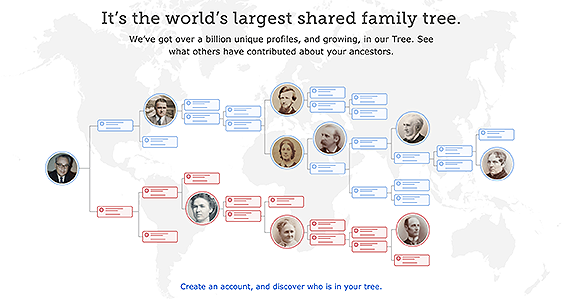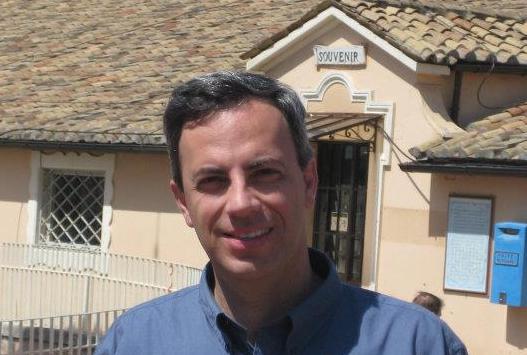
FamilySearch, the family history organization of The Church of Jesus Christ of Latter-day Saints, announced Tuesday that because of the growing diversity of family relationships, now provides “the ability for users to document same-sex family relationships.”
FamilySearch announced in April 2018 that it expected to complete the project redesign by the end of 2019 and this is what happened.
Family Tree will allow users to record same-sex family relationships, including same-sex marriages and same-sex adoptions, because of their value as genealogical records.
The new function required a significant redesign to systems surrounding Family Tree. A beta version of the function was provided six months ago to designers of third-party apps that use FamilySearch Family Tree so they could prepare for today’s launch.
Users of the Family Tree mobile app will need to install an update to use the new function.
The change in the Family Tree application does not modify the teachings of The Church of Jesus Christ of Latter-day Saints on marriage.

Consistent with the doctrine of The Church of Jesus Christ of Latter-day Saints, only marriages between people of the opposite sex may be solemnized or sealed in the temple.
FamilySearch is used each year by millions of people seeking records, resources, and services to learn about and document their family history. Its purpose is to encourage genealogical accuracy based on original source records.
FamilySearch is one of the world’s largest collections of genealogical data. FamilySearch’s vast database includes 4.85 billion searchable records and 7.24 billion searchable names.
Family Tree is also the world’s largest collection of free family trees and is accessible to anyone for free. The feature allows FamilySearch’s 13.9 million users to collaborate on a single, shared, freely accessible worldwide family tree. Users have placed more than 1.2 billion people in the tree.
With the announcement, the Church provided the following questions and answers about these changes in FamilySearch Family Tree:
Q&A on Updates for Relationships in FamilySearch Family Tree
1. Why is FamilySearch doing this?
The FamilySearch Family Tree is designed to encourage genealogical accuracy based on original source records. The Family Tree provides the ability for users to document all family relationships, including same-sex marriages and same-sex adoptions.
2. Is this a change in Church doctrine?
No. FamilySearch seeks to digitally preserve and provide access to genealogical and historical records, and this is part of its efforts to accurately document the human family. The Church solemnizes or seals marriages only between people of the opposite sex.
3. Can same-sex couples be sealed to each other?
No. Consistent with the Church’s doctrine, same-sex couples are not sealed to each other, even if they have been legally married. A deceased individual who has lived in a same-sex couple relationship or who has been a party to a same-sex marriage may receive all other available religious rites in a temple for which he or she is eligible.
4. Can children of same-sex couples be sealed to them?
No. In accordance with Church doctrine, children are not sealed to same-sex couples, even if the couples have been legally married.
5. Is FamilySearch the first genealogy site to allow the recording of same-sex relationships?
No. FamilySearch is not the first genealogy site to allow for recording same-sex relationships.
6. What changes will I see in Family Tree?
When adding a spouse or parent, the user can now add a spouse or parent of the same sex.
7. What was required to add the functionality?
Several systems that surround Family Tree, such as tree and record searching, had to be significantly redesigned to allow for the documentation of same-sex relationships before Family Tree was able to release this functionality.
8. Does it work in the Family Tree mobile app?
Yes. It will work on the mobile app once the user installs the necessary update(s).
9. Can I submit memories (photos, stories, documents) whose subject matter relates to same-sex relationships?
The standards for submitting memories (photos, stories, documents) are the same for all users, and follow the FamilySearch Upload Guidelines and Policies.
